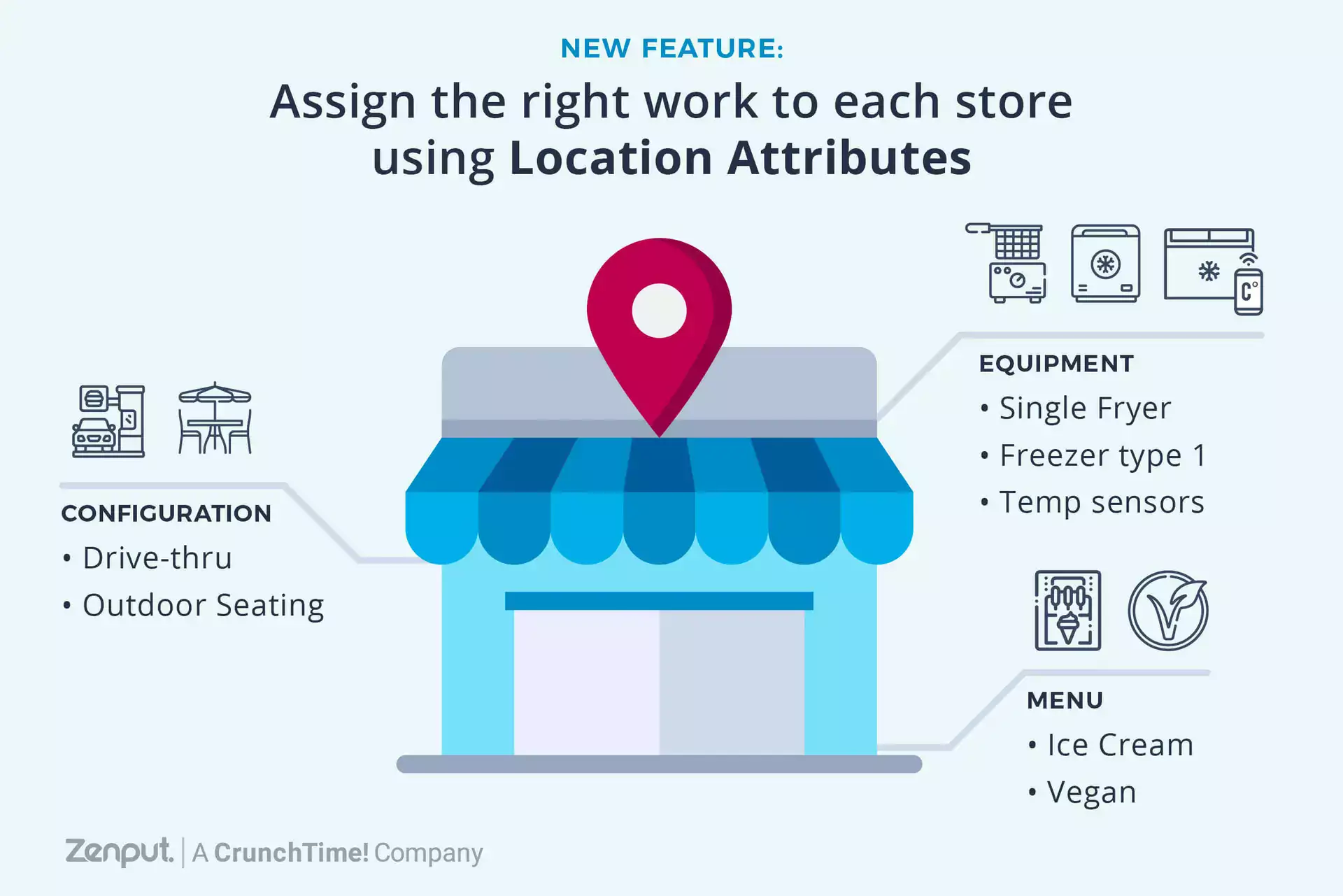Amazon’s acquisition of Whole Foods was the major headline of the retail world this summer and even for the entire year. However, a significant sub-headline was Amazon’s entry into the meal kit space. Grocery stores now have two fronts—an Internet giant that’s working to competitively slash grocery prices and independent meal kit companies like Blue Apron. It’s a challenging environment to operate in. Grocery stores are showing that when the competition heats up, they’re not afraid to respond with their own innovations. On Sept. 20, Albertsons Cos. announced that it will acquire the meal kit service Plated, as part of an effort to “reinvent the way consumers discover, purchase, and experience food.” Plated will operate as a wholly owned subsidiary of Albertsons Cos, and the transaction is expected to close later this month. Plated will offer meal kits at many Albertsons locations, across digital channels, and through multiple distribution options. “Today’s consumer is looking for a variety of personalized shopping alternatives, and this transaction is the latest example of Albertsons Cos. meeting our customers wherever and however they like to shop,” Bob Miller, chairman and CEO of Albertsons, stated. After recently announcing that it is experimenting with a new restaurant model, Kroger also revealed that it will increase the number of stores that carry Prep + Pared kits, including recipes and pre-measured fresh ingredients that allow customers to prepare meals in approximately 20 minutes. By the end of this year, 37 stores will carry the meal kits. Its largest subsidiary, Ralph’s, will expand distribution of the kits to 100 locations by early 2018.
The entry of meal kits into brick-and-mortar represents a significant change in the segment, and two recent studies provide insights on why this move is on point with current trends.
According to a study published in the Harvard Business Review, only 1 in 10 Americans actually enjoy preparing dinner. The percentage of Americans who really love to cook has dropped by about one-third over the past 15 years. The study’s author concluded that despite the growth of meal kit services, the activity of cooking is on a slow and steady decline. It will be interesting to see if Kroger’s and Albertson’s offerings can entice shoppers to purchase kits that promise economy of time. Merchandising and marketing these kits in retail—and ensuring that their ingredients are fresh—is going to be crucial to the product line’s success. Another study from research firm Earnest revealed that Millennials have strong loyalties to traditional grocery stores. The average age of respondents in this survey was 32, and the analysis found that brick-and-mortar stores still dominate with 90% of market share for total spending. Just 8% of their total food spend went to restaurant and grocery delivery. Meal kits accounted for just 2% and prepped meals were less than 1%.
By retailer, Kroger captured 20% of grocery spending, outperforming Whole Foods’ 16%. Of course, that could change as Whole Foods begins to reduce its premium prices under Amazon’s direction. Earnest’s findings also reveal some truth about the importance of “experience” in a physical store, as opposed to online shopping. Millennials aren’t shopping physical stores to save money, and they spent $21 more per month in-person than online. The average customer spent $155 in brick-and-mortar stores, which they visit 3.2 times per month. The chart to the right is a reminder that the Blue Apron-dominated meal kit space is as much of an opportunity for Amazon as it is for traditional grocers. The bottom line is that traditional grocery stores would benefit from seizing the moment, improving and enhancing the in-store experience from merchandise to customer service, and offering as many convenient options as they can. Meal kits with fresh ingredients are certainly a step in the right direction.
Subscribe to our blog
You are now subscribed!


